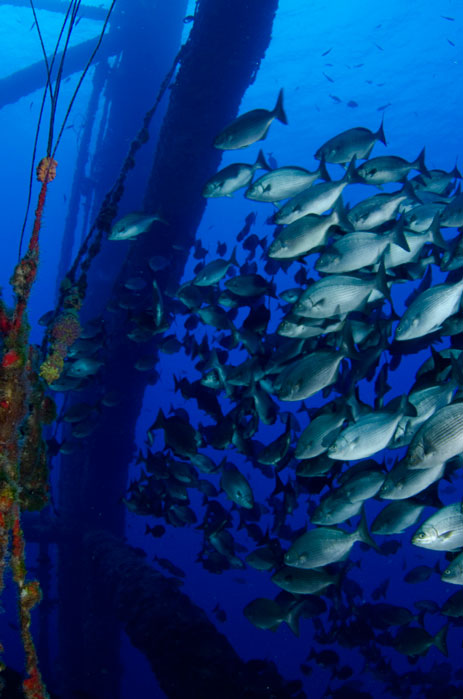What are Artificial Reefs?
This is Passport to Texas
The Gulf of Mexico has a lot going for it, except for hard substrate, which is necessary to attract marine life.
So, the little bit of hard substrate that we do have out there, we want to maintain and enhance that.
Dale Shively program leader for the artificial reef program at Texas Parks and Wildlife says they use various materials—from decommissioned ships and old oil platforms to construction rubble—to create substrate.
We don’t dump anything. We deploy materials. The materials that we use have been vetted, they are stable, complex and durable. They’re environmentally safe, and they add to the complexity of the environment that’s there.
Shively says it doesn’t take long before the artificial materials “come to life.”
The material immediately attracts marine organisms—especially fish. That’s one of the features. But, what we look for is long-term settling of organisms at that reef site. In a short period of time they will what we call ‘foul’ the material by growing on it. You’ll get barnacles, and crustaceans and other marine life. Once they settle and actually grow onto the structure that creates the basis of the food web. And from there, you develop a complex reef environment.
And that enhanced food web means better fishing for all.
The Sport Fish Restoration program supports our series.
For Texas Parks and Wildlife…I’m Cecilia Nasti.



 Passport to Texas is a
Passport to Texas is a  Passport to Texas is made available by:
Passport to Texas is made available by: